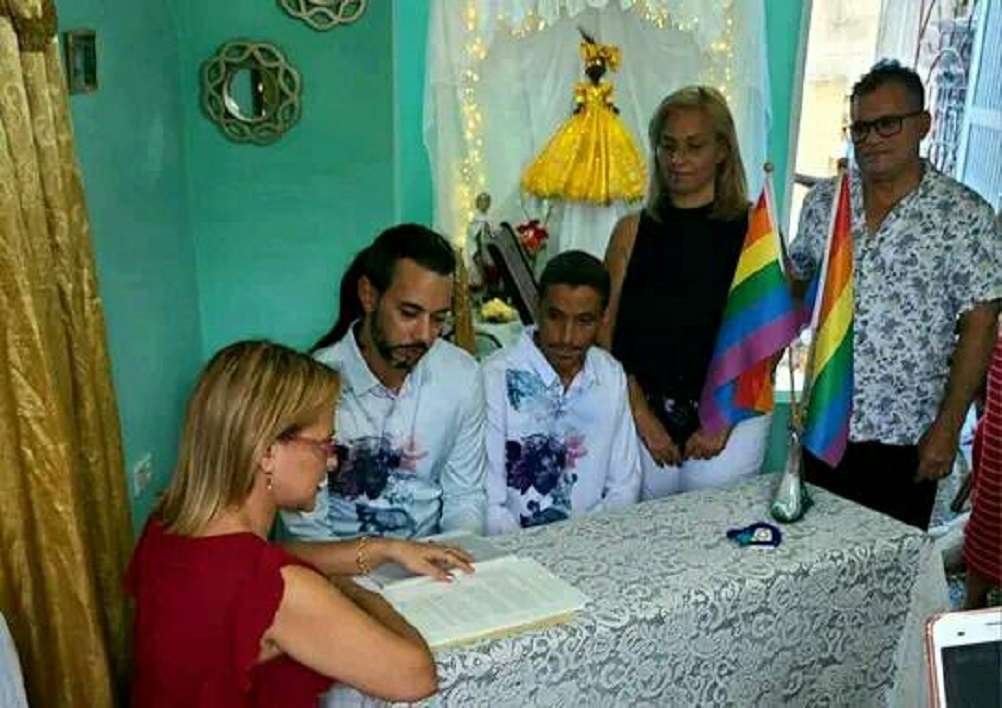Before the arrival of tropical Cyclone Thirteen, that could become a hurricane category 1, the Governorate of Saint Andrew made the decision to decree a curfew throughout the island.
The measure starts at 6 am this Saturday, October 8, and could be lifted within the next 24 or 36 hours.
Precisely, the director of the National Unit for the Disaster Risk Management, Javier Pava, indicated that, at this time, the tropical depression is passing through the La Guajira area and is expected to move towards the west of the country, which would affect the entire The Caribbean Region.
You may be interested in: There will be a curfew in San Andrés to prevent the passage of the possible hurricane: Ever Hawkins, Governor of San Andrés
However, on Saturday it would continue its direction towards the insular area and could get worse, so in San Andrés and Providencia they ask the community to take shelter.
The cyclone, this Thursday was on the coast of Venezuela, today is about Guajira, so its effects will be felt on the Atlantic coast and tomorrow night on San Andres and Providence.
Although no major emergencies are expected, the authorities have already begun to enable the first shelters.
In San Andrés, those who need it can go to the facilities of the Flowers Hill School, the Bolivarian School, Vive digital Sarie Bay, the San Francisco de Asís Church, the Esfuerzo School and the Casa ludica del Cove. While in Providencia they will enable the Fire Department.
How does a tropical cyclone form?
According to him ideas, A tropical cyclone “is a rotating system, organized by clouds and storms that originates over tropical or subtropical waters and has a closed center of circulation in the lower levels of the atmosphere.”
This weather phenomenon rotates counterclockwise in the northern hemisphere and can produce strong winds, gigantic waves, tornadoes, torrential rains and can also cause tidal waves in coastal areas.
When the maximum sustained wind speed reaches 63 km/hit will be a tropical storm, but if it exceeds 119 km/h it will be called a Hurricane.








